We often think of the Midwest of long summer days playing in open pastures or strolling through lush newly-bloomed meadows. However, with all its beauty comes potential danger: a hidden vector that is invisible to us but has made it’s home here in Illinois – ticks and Lyme disease.
Ticks feed on mammals, birds, and other warm-blooded animals while out in nature – completely unaware! To protect ourselves from this unseen menace and keep our outdoor adventures safe, it is essential to understand what Lyme disease is, how it affects you —and which steps are necessary for protective measures.
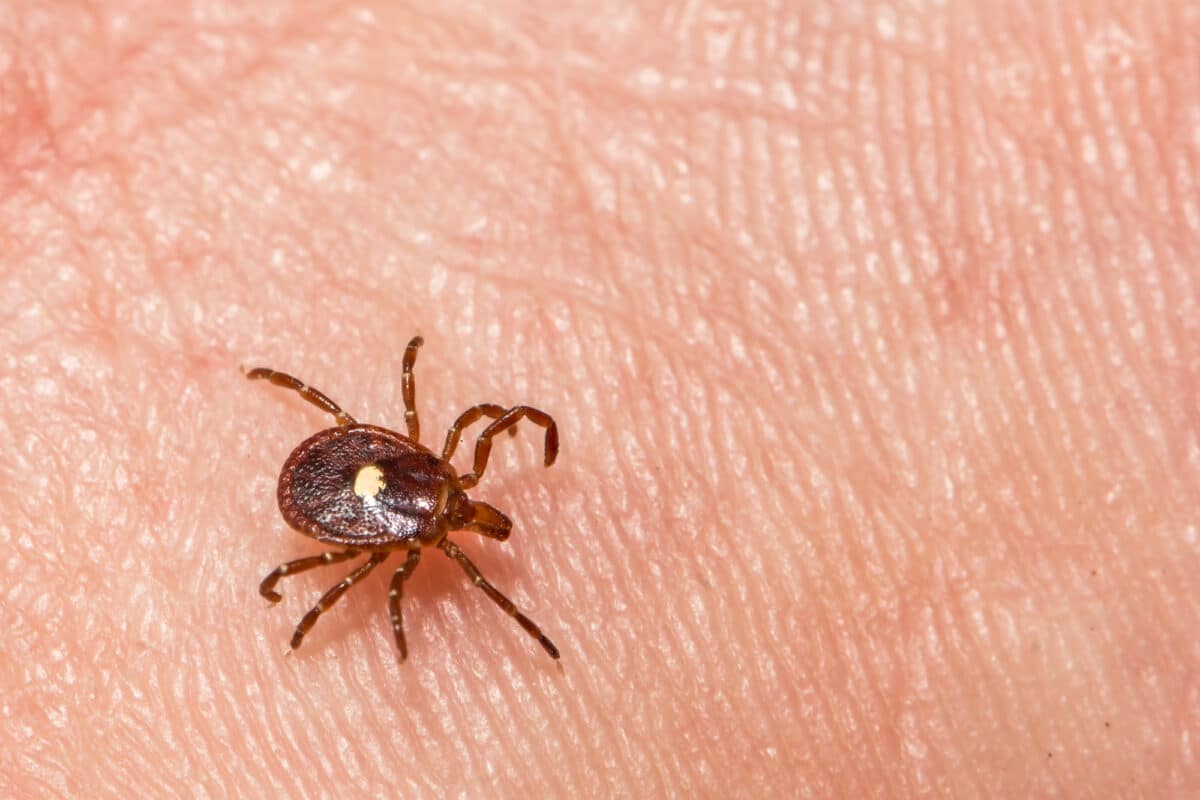
Jump to any section below!
What Are Ticks, And Where Do They Live?
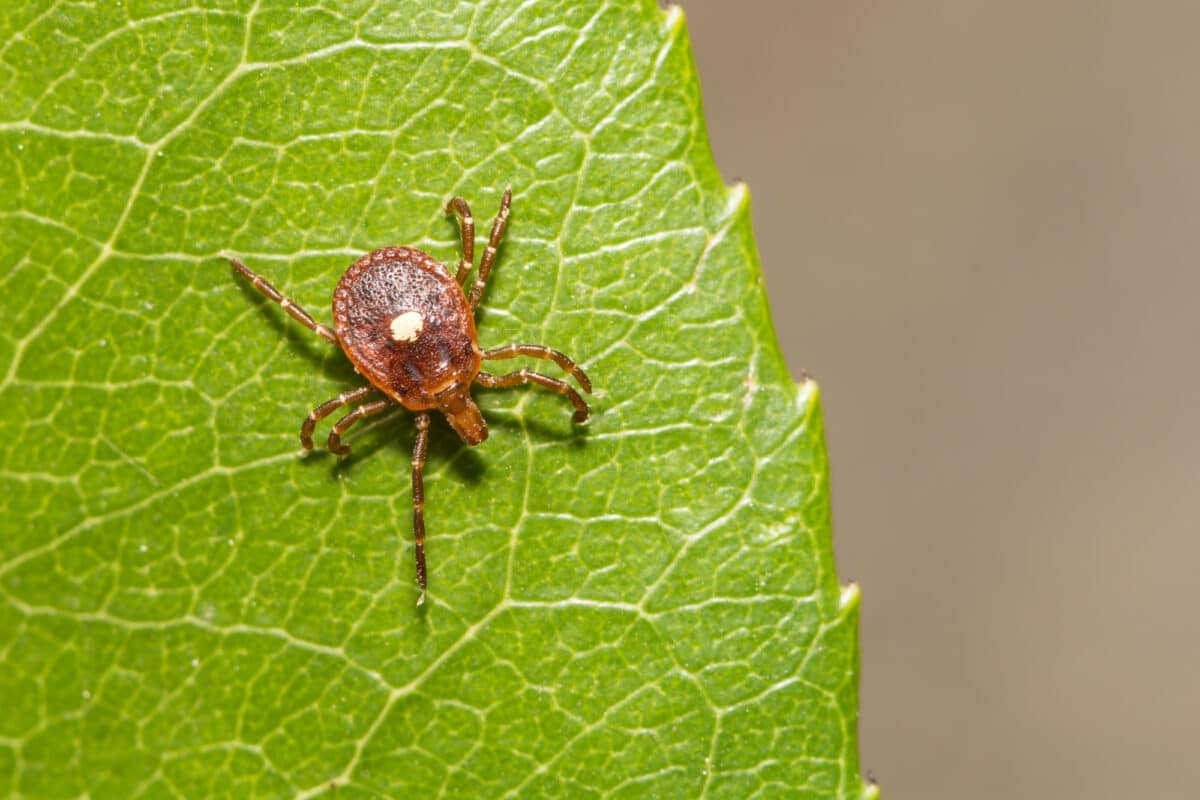
Ticks are tiny arachnids that are usually found in wooded, grassy areas. They are parasites that attach to the skin of mammals, birds, and other warm-blooded animals. There are over 850 species of ticks worldwide and about 90 different species in North America.
The most common tick types are the deer tick, dog tick, and lone star tick.
Deer ticks, also known as black-legged ticks, are the primary carriers of Lyme disease. They are small, black, or brown ticks with a reddish-brown abdomen.
Check out: The Northern Copperhead Bite.
Common Habitats

Ticks are commonly found in grassy, wooded areas and areas with lots of brush or leaf litter. They thrive in warm, humid environments and are most active during certain times of the year.
The species prefer vegetation that provides shade and moisture, such as tall grasses, shrubs, and wooded areas. Areas with lots of wildlife, like deer, mice, and squirrels, are typical ticks habitats.
Seasonal Activity of Ticks

Ticks are most active during the year’s warmer months, typically from April to September. However, they can be active year-round if the weather is mild. During the cooler months, ticks become less active and go through periods of inactivity or diapause.
During the summer, deer ticks are most active during the nymph stage, which occurs from May to early August. This is also the time when most cases of Lyme disease are reported.
It is essential to take precautions during all seasons to avoid tick bites and reduce the risk of Lyme disease.
Check out: How Can You Avoid Getting Bitten By A Yellow Sac Spider.
What is Lyme disease?
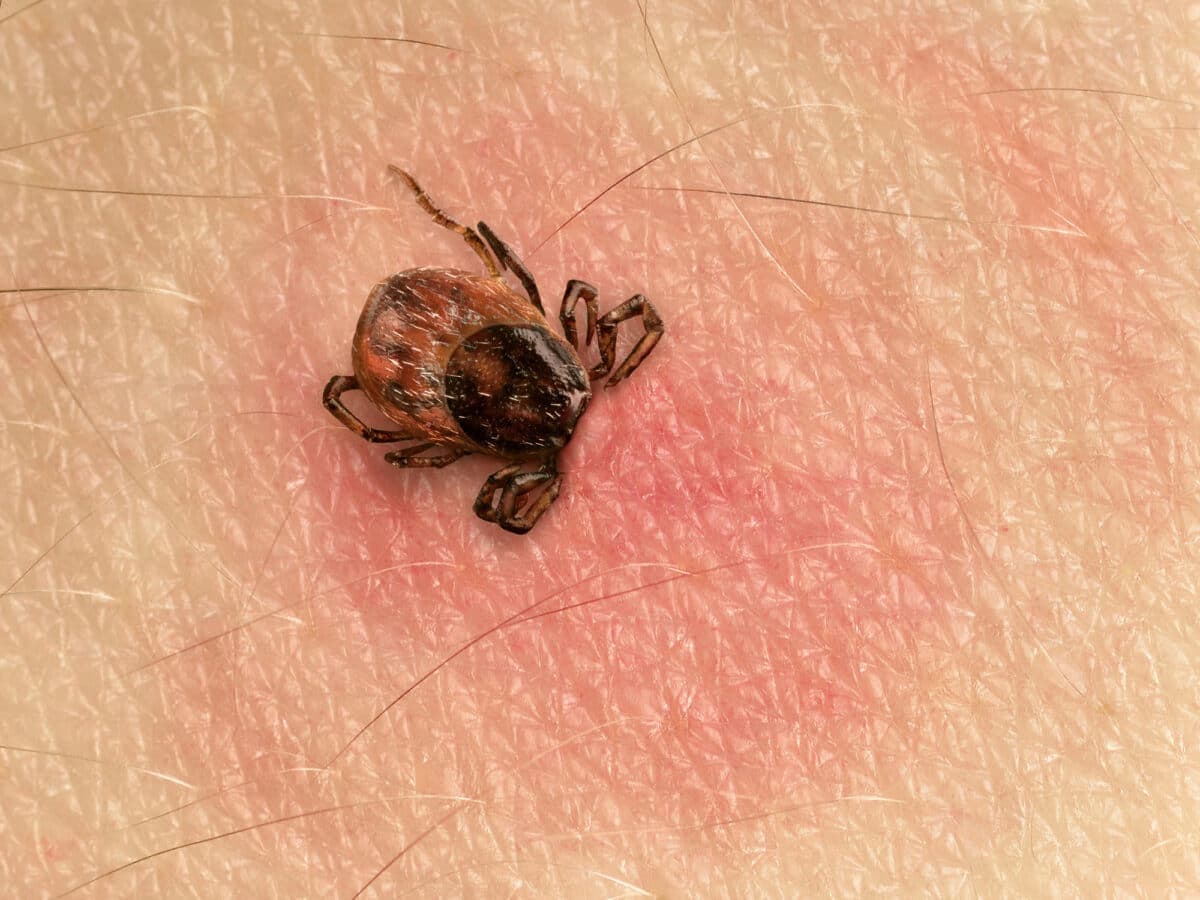
Lyme disease is a bacterial infection transmitted through an infected tick’s bite. The bacteria, Borrelia burgdorferi, is transmitted during the tick’s feeding process and can subsequently cause various symptoms.
The ticks that carry the bacteria are typically found in wooded or grassy areas, and their peak feeding season is during the summer months. Lyme disease is most commonly found in the Northeastern United States, Midwest, and California.
Common Symptoms
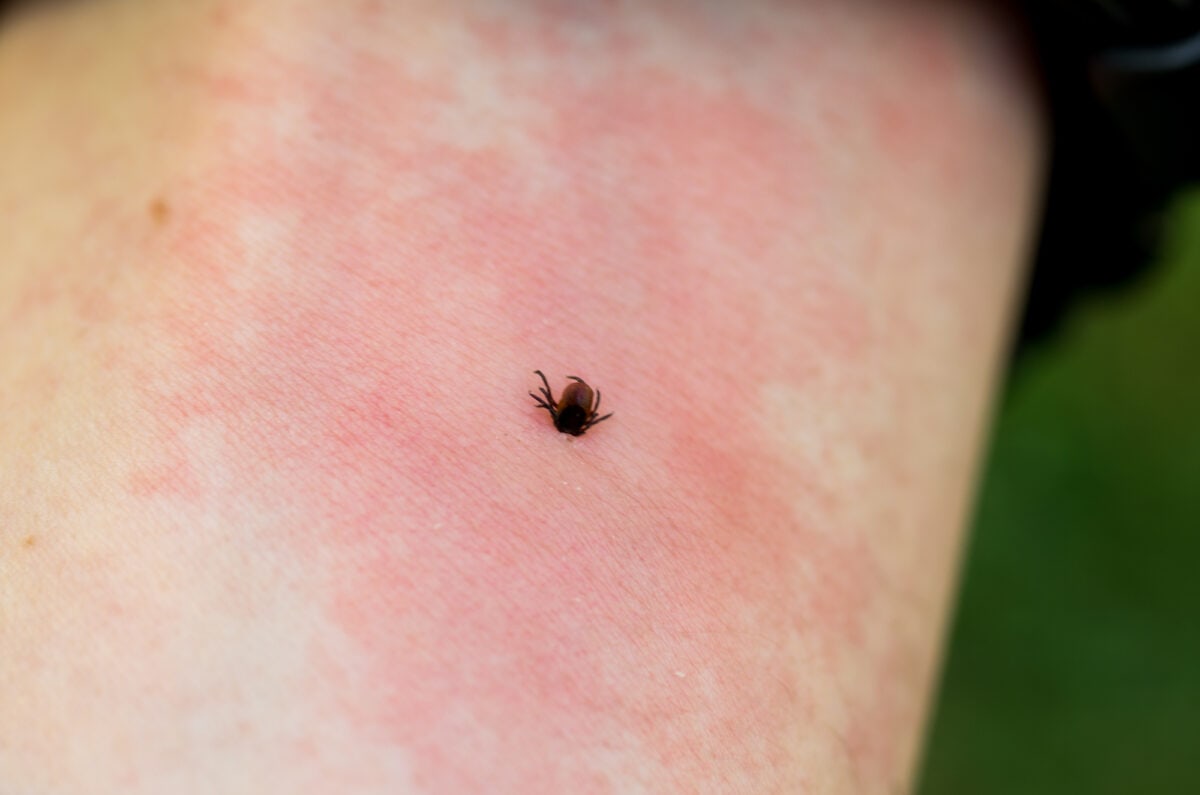
The early signs of Lyme disease can often be mistaken for flu-like symptoms, including fever, fatigue, chills, headache, and muscle aches. As the disease progresses, patients may experience a characteristic “bull’s-eye” rash that appears at the site of the tick bite.
Other symptoms can include joint pain, neurological problems, and heart palpitations.
If left untreated, these symptoms can become chronic and debilitating, with some patients experiencing neurological damage, arthritis, and heart problems.
Long-Term Effects of Untreated Lyme Disease

If left untreated, Lyme disease can have severe and long-lasting effects on a person’s health.
For some patients, the symptoms of the disease can become chronic, lasting for months or even years after their initial infection. Chronic Lyme disease can cause various symptoms, including joint pain, fatigue, muscle weakness, and cognitive impairment.
Also, untreated Lyme disease can lead to more severe complications like heart problems, nerve damage, and arthritis. With proper treatment, however, most patients will fully recover and prevent the spread of infection.
How To Protect Yourself From Ticks and Lyme Disease
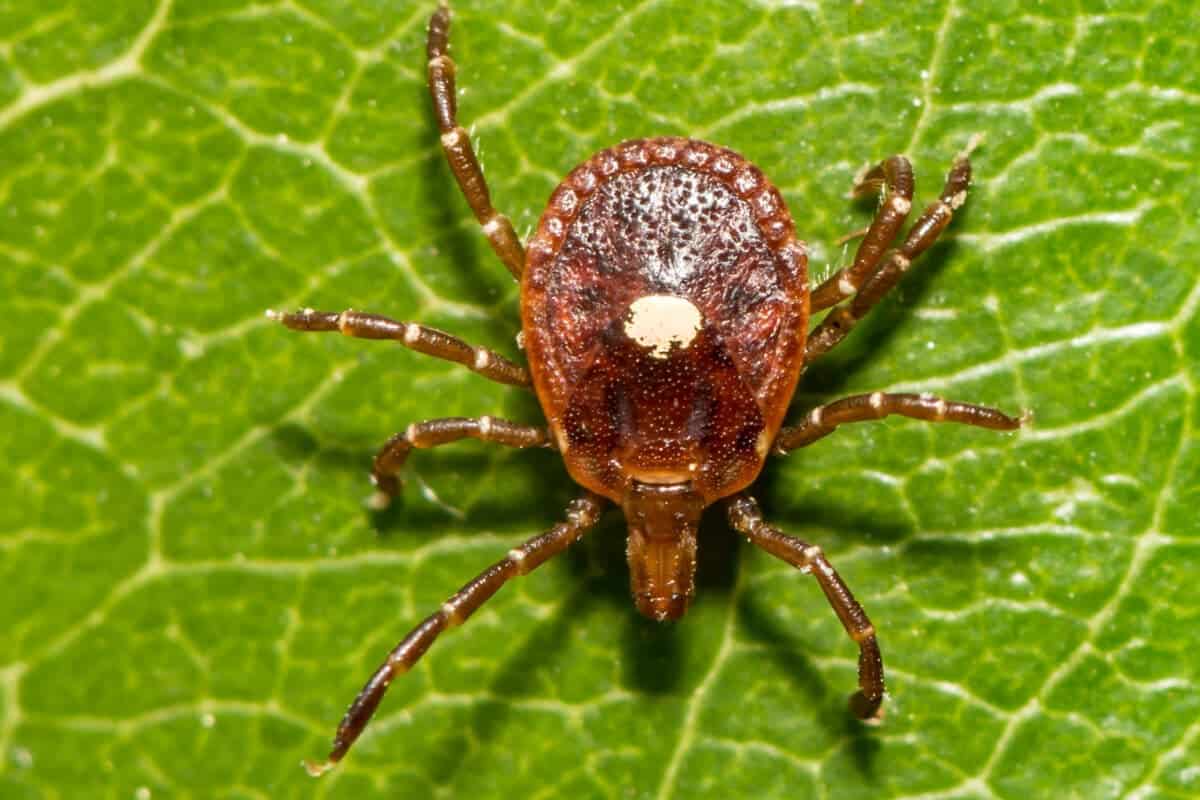
The following elements should be considered to prevent ticks and Lyme disease.
Recognizing Tick Habitats
To protect yourself from ticks and Lyme disease, it is essential to recognize and avoid their habitats. Ticks are commonly found in wooded and grassy areas, so be cautious when walking or hiking.
Avoid walking through long grasses and vegetation, as ticks may latch onto your clothing and skin.If possible, stick to a designated path or trail. Also, consider wearing insect repellent that contains DEET to protect yourself further.
Proper Clothing and Gear
Proper clothing and equipment can significantly reduce your risk of tick bites. Wear long-sleeved shirts, pants, and high socks that cover your calves to prevent ticks from latching onto your skin.
Tuck your pants into your socks to avoid any exposed skin. Consider wearing light-colored clothing, as it can make spotting ticks easier. Additionally, consider using permethrin-treated clothing and gear, proven to repel ticks.
Methods For Tick Removal
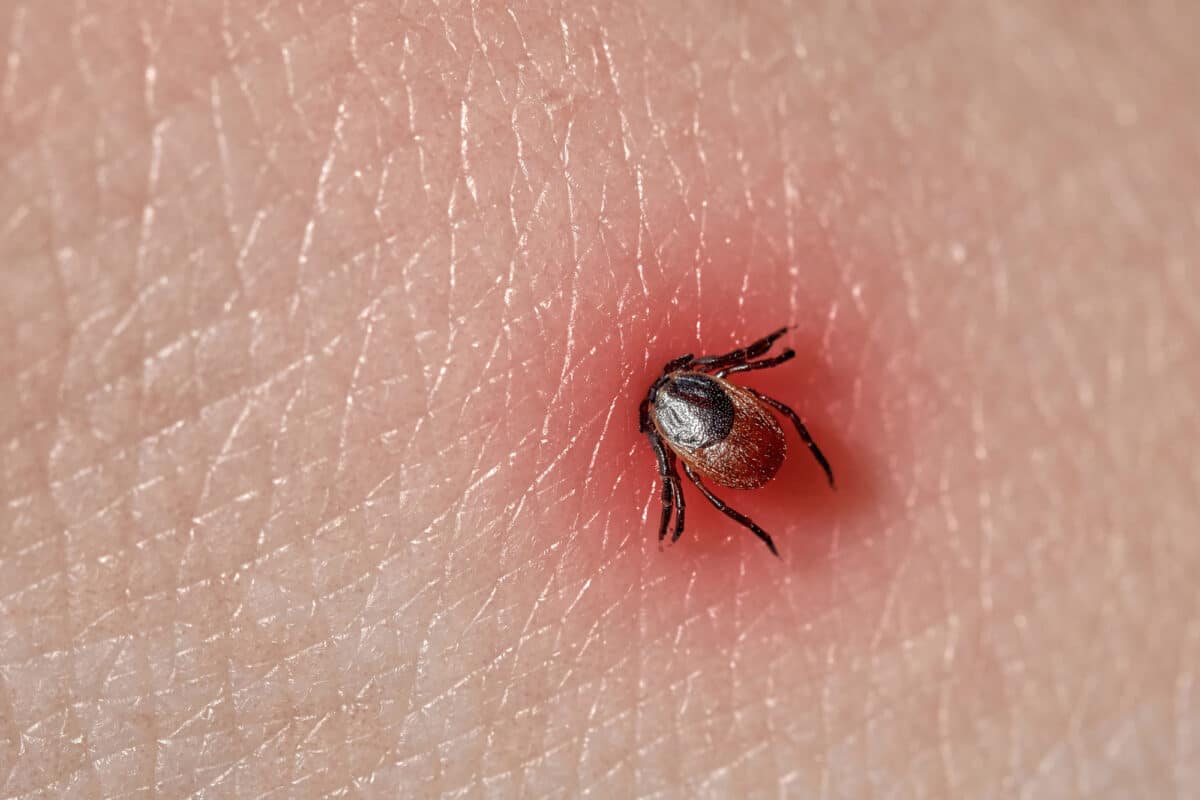
If you find a tick on your skin, removing it correctly and promptly is vital. Using fine-tipped tweezers, grasp the tick as close to your skin as possible and pull it out slowly and steadily.
Avoid twisting or jerking the tick, which can cause the mouthpart to remain embedded in your skin. Once the tick is removed, clean the bite area with soap and water or rubbing alcohol.
Lyme Disease Testing and Treatment

If you suspect a tick has bitten you or are experiencing Lyme disease symptoms, it is essential to seek medical attention immediately. Additionally, Lyme disease symptoms include fever, rash, joint pain, and fatigue. Moreover, diagnosis is typically made through blood testing.
Furthermore, treatment for Lyme disease is usually a course of antibiotics your doctor prescribes. By following these protective measures and staying vigilant, you can safely enjoy the great outdoors while minimizing the risk of tick bites and Lyme disease.
Additional Information and Resources
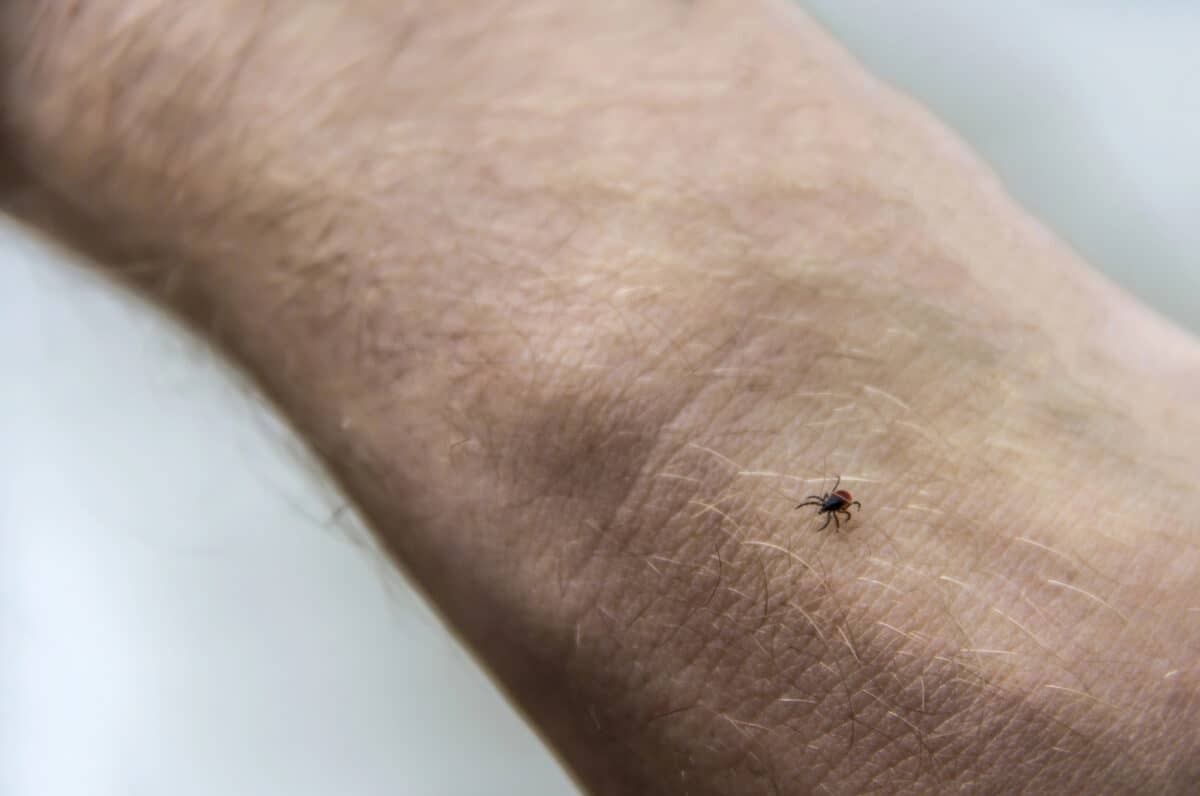
Living in Illinois, knowing the various resources available for tick prevention and treatment is essential. One such resource is the Illinois Department of Public Health, which provides comprehensive information on Lyme disease and how to prevent it, as well as a list of tick-borne disease clinics and testing labs.
Additionally, local health clinics and hospitals offer tick removal and treatment services, including antibiotics. You must seek medical attention immediately if you notice Lyme disease symptoms, such as a bullseye rash, fever, or joint pain.
Research and Advancements
The field of Lyme disease research has made significant progress over the years, leading to advancements in prevention and treatment. Numerous ongoing clinical trials are testing potential Lyme disease vaccines, with one currently approved by the FDA.
Additionally, Research has led to the development of tick-repellent clothing and sprays effective against tick bites. Regarding treatment, newer antibiotics are more effective in treating Lyme disease, with fewer side effects.
Key Points
| Ticks are tiny arachnids found in grassy, wooded areas and areas with lots of wildlifeThe most common types of ticks in North America are the deer tick, dog tick, and lone star tick. |
| Lyme disease is a bacterial infection transmitted through the bite of an infected tick, and deer ticks are the primary carriers. |
| Symptoms of Lyme disease include flu-like symptoms, a bull’s-eye rash, joint pain, neurological problems, and heart palpitations. Lyme disease can become chronic and debilitating if left untreated, but with proper treatment, most patients fully recover. |
| To protect against ticks and Lyme disease, it is essential to recognize tick habitats, wear proper clothing and gear, use tick repellent, and regularly check for ticks. |
| If bitten by a tick, proper removal and cleaning are important, and seeking medical attention for symptoms is necessary. |
The Bottom Line
In conclusion, ticks are a hidden danger that we must be aware of when enjoying the beauty of the Midwest. Illinois is home to the black-legged tick, the primary Lyme disease carrier.
Taking precautions such as wearing protective clothing, using insect repellent, and checking for ticks after outdoor activities is essential.
Additionally, if you do get bitten, early detection and treatment are vital in preventing the severe symptoms of Lyme disease. So, remember, always be vigilant and informed to keep yourself and your loved ones safe from the threats of Lyme disease.
Thanks for reading along! See below for related article links.
Next up:
- Washington’s Western Rattlesnake
- Discover San Francisco’s Most Dangerous Animals
- Unearth the Reality of Florida’s Venomous Spiders
- Great White Shark Vs. Bull Shark
- Michael Phelps Vs. Dolphin: A Race For Aquatic Supremacy
- Eagle’s Aerial Acrobatics: The Hawk Becomes The Hunted
- Camper Finds Himself Surrounded By Alligators In Middle Of Night - May 3, 2024
- Have You Ever Seen A Sword Fighting Dog? - May 3, 2024
- Pro Athlete Rescues Stray Dog Who Kept Showing Up To Practice - May 2, 2024

